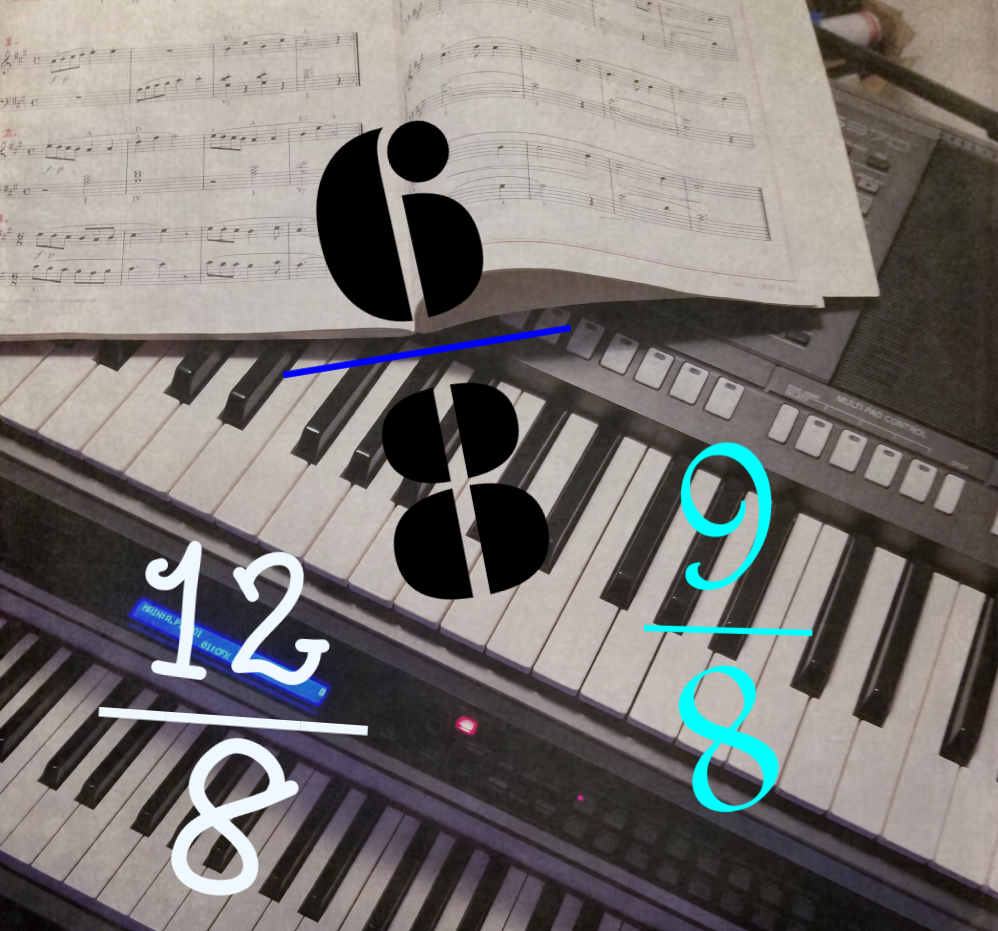
Understanding Compound Time Signatures
Welcome to ReadPianoMusicNow.com My name is Kent D. Smith.
Today’s article is about Compound Time Signatures in sheet music. While this term may sound a little intimidating, the idea behind it is pretty straightforward.
Visit our “SHEET MUSIC WITH LETTERS” store HERE (on this website)
What Are Time Signatures?
Before we delve into compound time, let’s quickly recap what time signatures are. In music notation, a time signature appears at the beginning of a piece or a section and tells us how the beats are organized within each measure (or bar). It consists of two numbers stacked vertically:
- The top number indicates the number of beats per measure.
- The bottom number represents the type of note that receives one beat.
For example, in 4/4 time, there are four beats per measure, and each beat corresponds to a quarter note (crotchet).
Simple Time Signatures
Up until now, you’ve probably encountered simple time signatures. These are characterized by:
- A top number of 2, 3, or 4.
- Beats divided into two equal parts.
- The main beat not being a dotted note.
For instance:
- In 4/4 time, the main beat is a crotchet (quarter note).
- In 2/2 time, the main beat is a minim (half note).
- In 3/8 time, the main beat is a quaver (eighth note).
Compound Time Signatures
Now, let’s explore compound time signatures. These introduce a delightful twist:
- The top number is usually 6, 9, or 12 (all multiples of 3).
- The main beat is divided into three equal parts.
- The main beat is always a dotted note (such as a dotted crotchet or dotted minim).
- The bottom number indicates the division of the beat, not the main beat itself.
Here are the three essential compound time signatures:
- 6/8 Time:
- The bottom number (8) tells us to count quavers (eighth notes).
- The main beat is a dotted crotchet.
- Each bar contains two dotted crotchet beats.
- Quavers should always be beamed to form complete beats.
- 9/8 Time:
- There are nine quavers per bar.
- Each group of three quavers makes one main beat (worth a dotted crotchet).
- Three dotted crotchet beats per bar.
- 12/8 Time:
- Twelve quavers per bar.
- Each group of three quavers forms one main beat (dotted crotchet).
- Four dotted crotchet beats per bar.
Remember these rules:
- An undotted note is always split into two.
- A dotted note is always split into three.
Duple, Triple, and Quadruple Time
All time signatures can be categorized as duple, triple, or quadruple based on the number of main beats per bar:
- Duple: 2 beats (e.g., 2/4, 2/2)
- Triple: 3 beats (e.g., 3/4, 3/8)
- Quadruple: 4 beats (e.g., 4/4, 4/8)
So next time you encounter a compound time signature, embrace the rhythmic complexity and let those dotted notes sway your musical soul! 🎶
— Kent
ALL IMAGES BELOW ARE LINKS TO SHEET MUSIC PRODUCTS ON THIS WEBSITE
Visit our “Sheet Music With Letters” shop HERE (onsite)
-
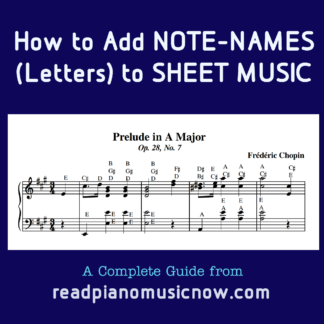
How to Add Letters to Sheet Music (Note-Names)
Read more -

Für Elise with Letters – COMPLETE | Sheet Music with Letter-Names & Notes Together
Read more -
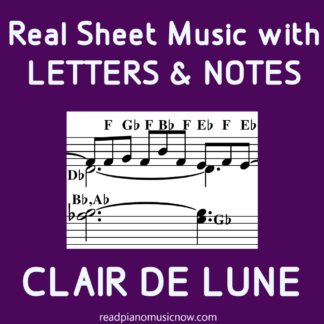
Clair de Lune with Letters – COMPLETE | Sheet Music with Letters and Notes Together | PDF
Read more -
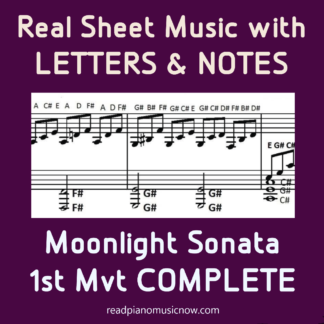
Moonlight Sonata with Letters | COMPLETE 1st Mvt | Sheet Music with Letters and Notes Together| PDF
Read more -
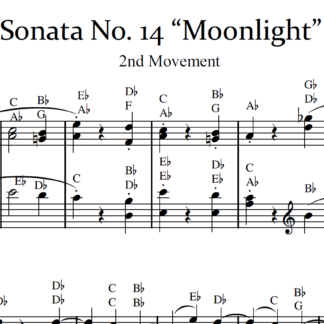
Moonlight Sonata Sheet | 2nd Mvt | Letter-Names and Notes Together | PDF
Read more -
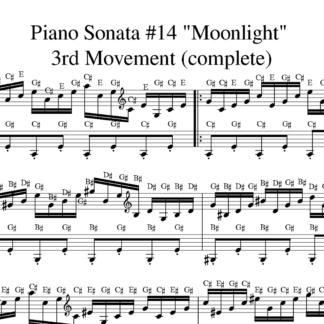
“Moonlight” Sonata | COMPLETE 3rd Mvt. | Sheet Music with Letters & Notes Together | Immediate PDF Download
Read more -
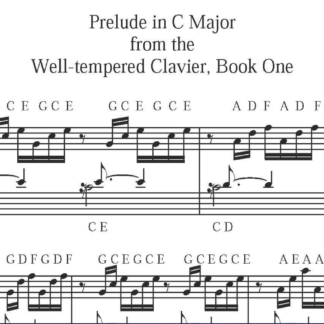
Bach ~ Prelude in C with Letters | Standard Sheet Music PLUS Added Letter-Note Names | Well-Tempered Clavier Bk. 1 | PDF
Read more -
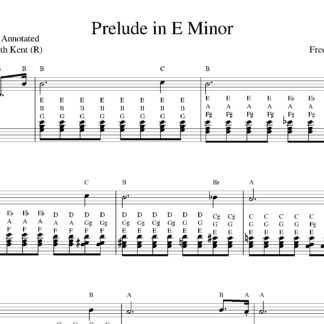
Chopin’s Prelude in E-Minor | Sheet Music with Letters & Notes Together
Read more -
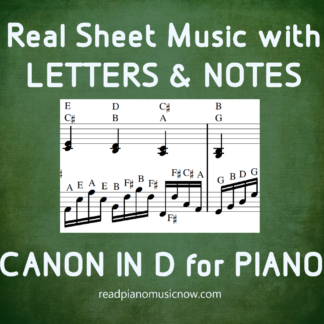
Canon in D | Piano Sheet Music w Letters and Notes Together
Read more -

Swan Lake Theme | Piano Sheet Music with Letters and Notes Together
Read more -
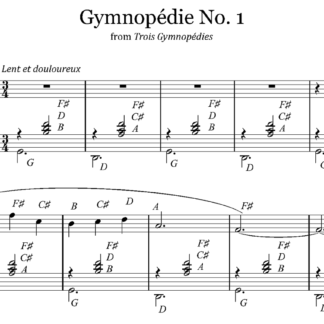
Gymnopédie No. 1 | Sheet Music with Letters and Notes Together
Read more -

Nocturne in E♭ Major | Chopin Sheet Music with Letters & Notes Together | Instant PDF download
Read more -

Carol of the Bells | Piano Sheet Music with Letters, Notes and Guitar Chords | PDF
Read more -
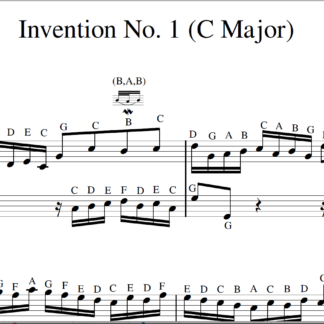
Bach’s Invention No. 1 | Sheet Music with Letters and Notes Together
$3.95 Add to cart -
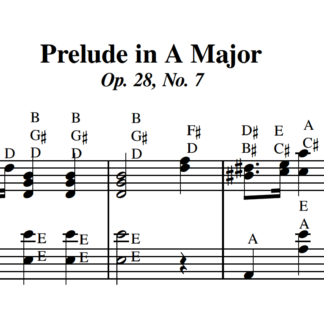
Chopin Prelude in A-Major | Sheet Music with Letters & Notes Together
$6.95 Add to cart -
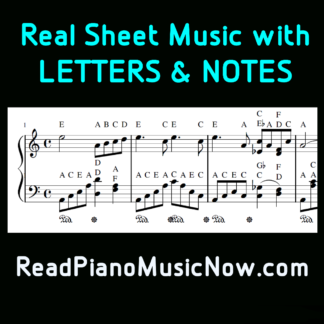
Deck The Halls – Easy Piano | Letters & Notes Together | PDF Sheet Music w Lyrics
$3.99 Add to cart -
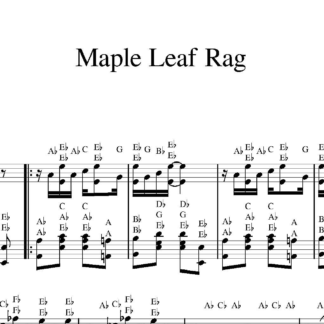
Maple Leaf Rag | Sheet Music with Letters and Notes Together
$5.95 Add to cart